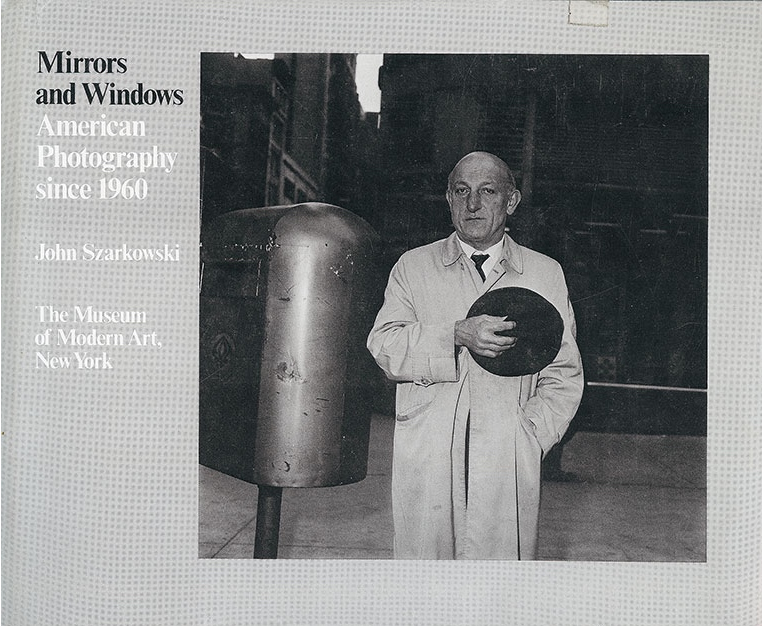
John Szarkowshi’s expedition ‘windows and mirrors’, held in New York, since the 1960s, categorised the work that reflected a portrait of the artist who made it (mirror) and work that largely sough to see outside themselves (window).
Szarkowski is fond of creating categories. In the anthology The Photographer’s Eye, published in 1966, he described five “characteristics and problems that have seemed inherent in the medium.” Now, in Mirrors and Windows, he presents a binary theory of photography as art: an evolution from public to private concerns and at the same time a potential toward either self-expression or exploration in the unique sensibility of each photographer
Mirrors
As already explained, a mirror is basically a staged or personal image that matches the photographers vision. words that associate with mirrors include: tableaux, subjective, romanticism, fiction, staged, personal, reflective, internal, manipulated, biased.
The photo I got given to analyse was, as I decided, a mirror photo:
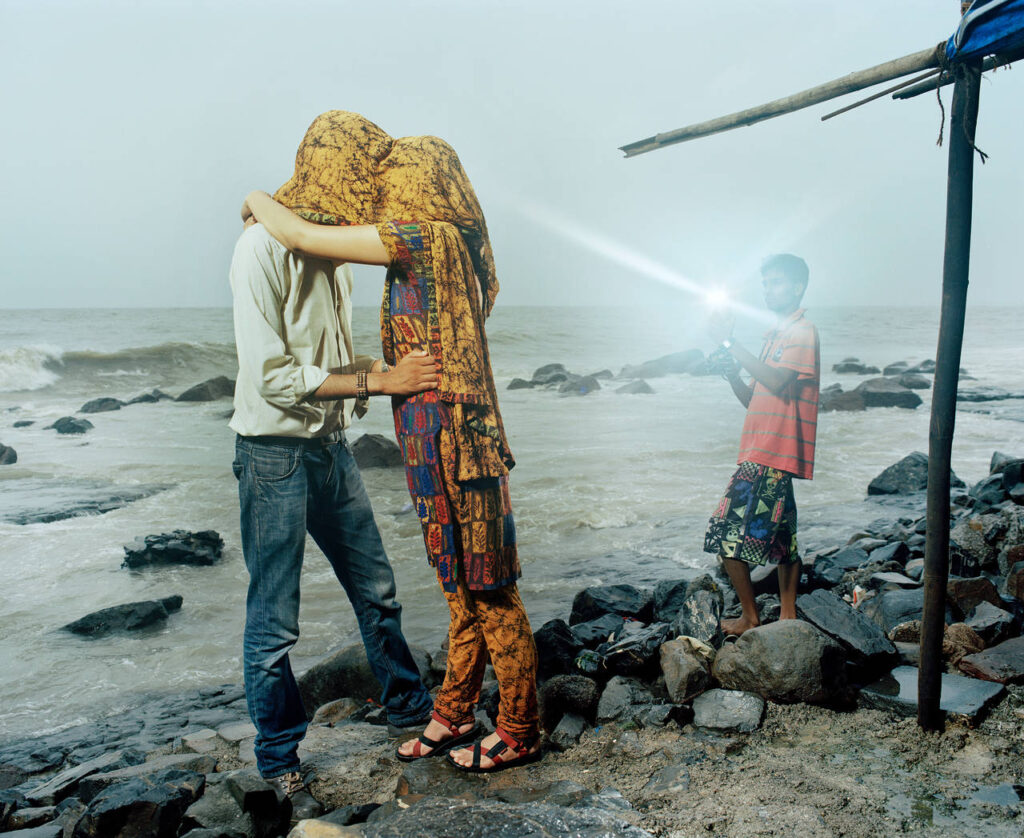
I think this is a mirror photo as it seems incredibly unlikely to happen naturally, from the boy using the flash in the day, to the good composition in the photo. It also just gives off a ‘staged’ feel. Here are some other examples of mirror photography:
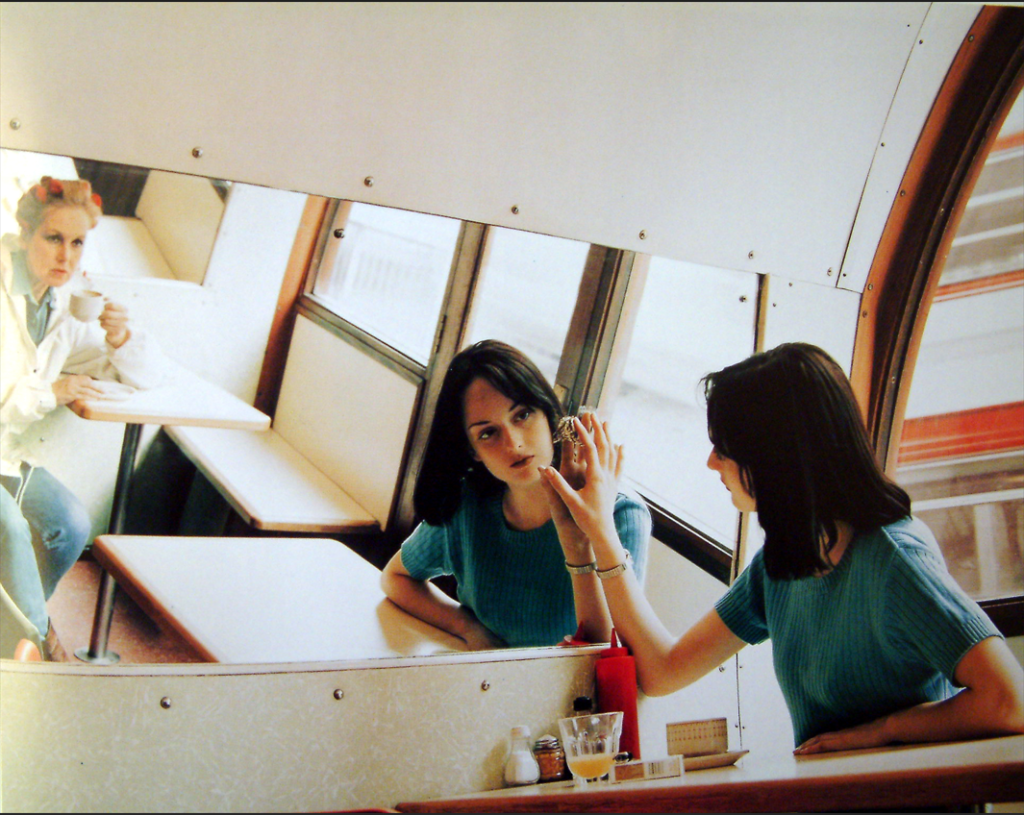
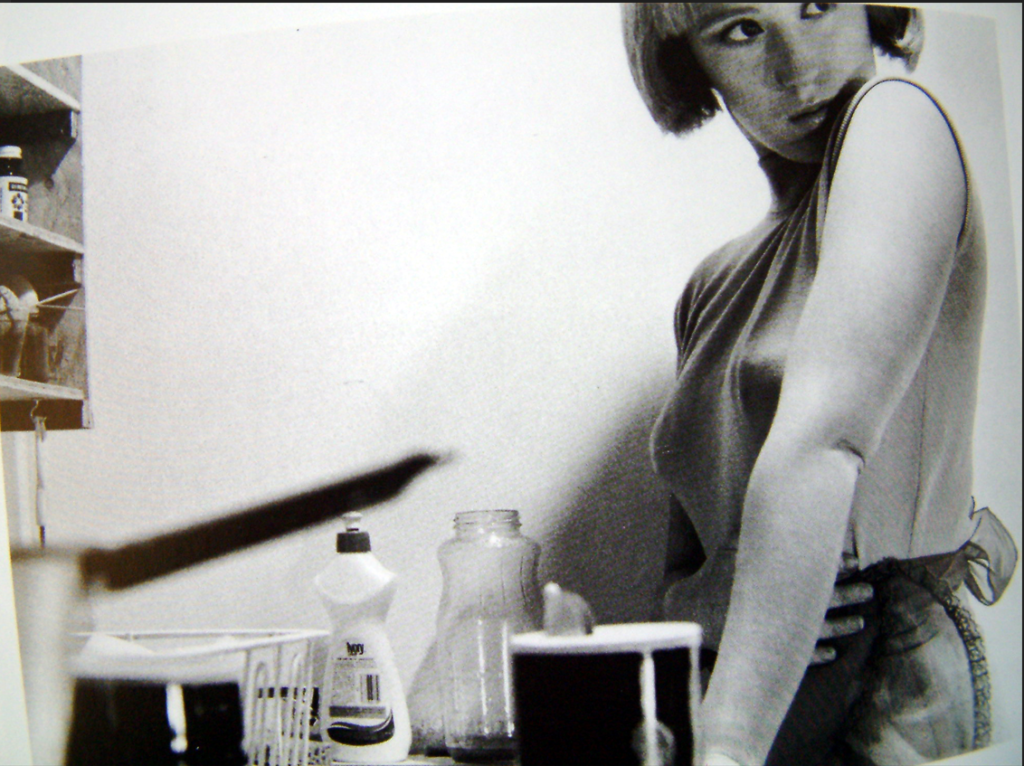
Windows
Think of a window photo as the polar opposite of mirrors, with words like documentary, objective, realism, candid, public, external, truthful, straight, optical, unbiased to describe photos in that category. its basically an image that was not modified by the photographer. This is very uncommon so most images are usually a mix between the two categories, but still leaning towards one side. Its also uncommon to see an image that perfectly matches the photographers vision, making it slightly more window like. Here are some examples of window photography:
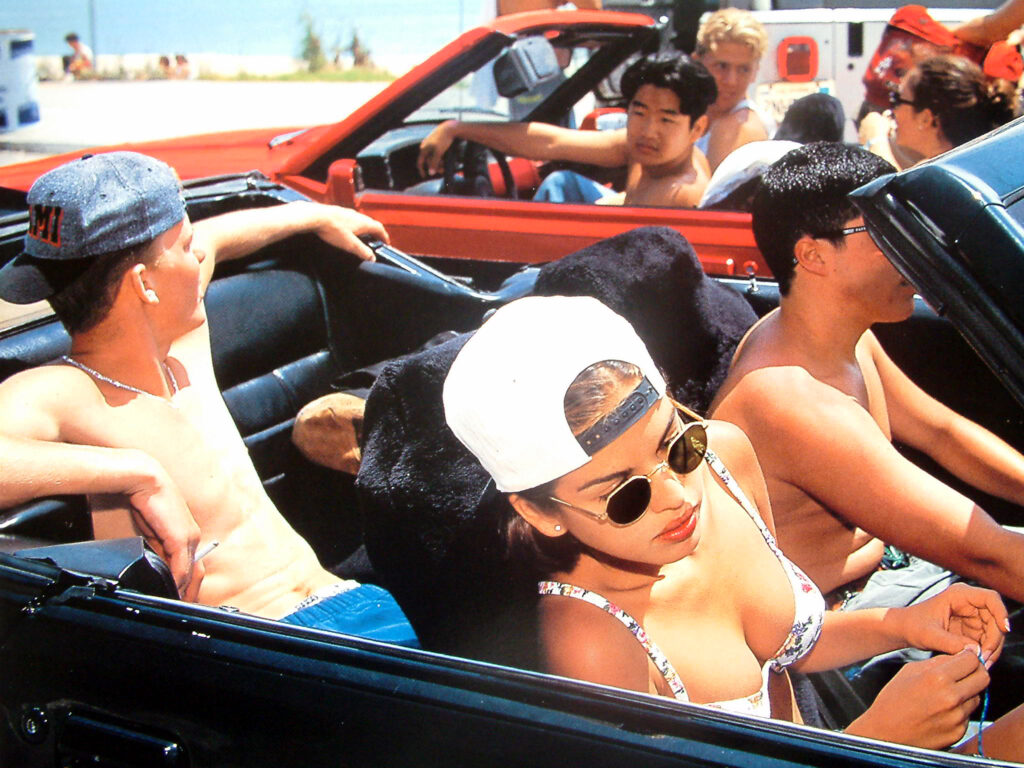
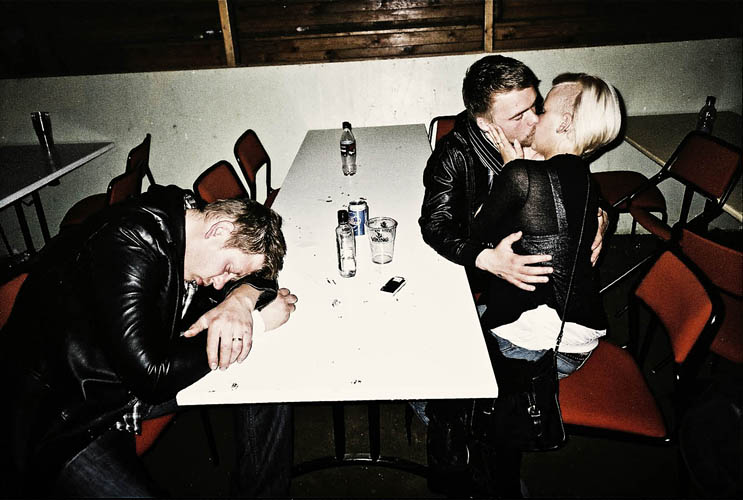
A quote about mirrors and windows in photography:
“The two creative motives that have been contrasted here are not discrete. Ultimately each of the pictures in this book is part of a single, complex, plastic tradition. Since the early days of that tradition, an interior debate has contested issues parallel to those illustrated here. The prejudices and inclinations expressed by the pictures in this book suggest positions that are familiar from older disputes. In terms of the best photography of a half-century ago, one might say that Alfred Stieglitz is the patron of the first half of this book and Eugène Atget of the second. In either case, what artist could want a more distinguished sponsor? The distance between them is to be measured not in terms of the relative force or originality of their work, but in terms of their conceptions of what a photograph is: is it a mirror, reflecting a portrait of the artist who made it, or a window, through which one might better know the world?”
— John Szarkowski, 1978
Here Szarkowski considers Alfred Stieglitz as a leading figure in the “photography as a mirror” function, and
Eugène Atget as a leading figure in the “photography as a window” function:
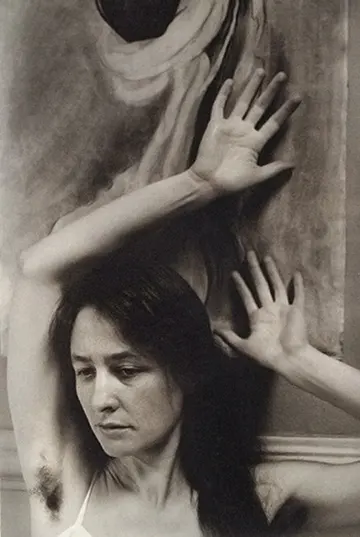
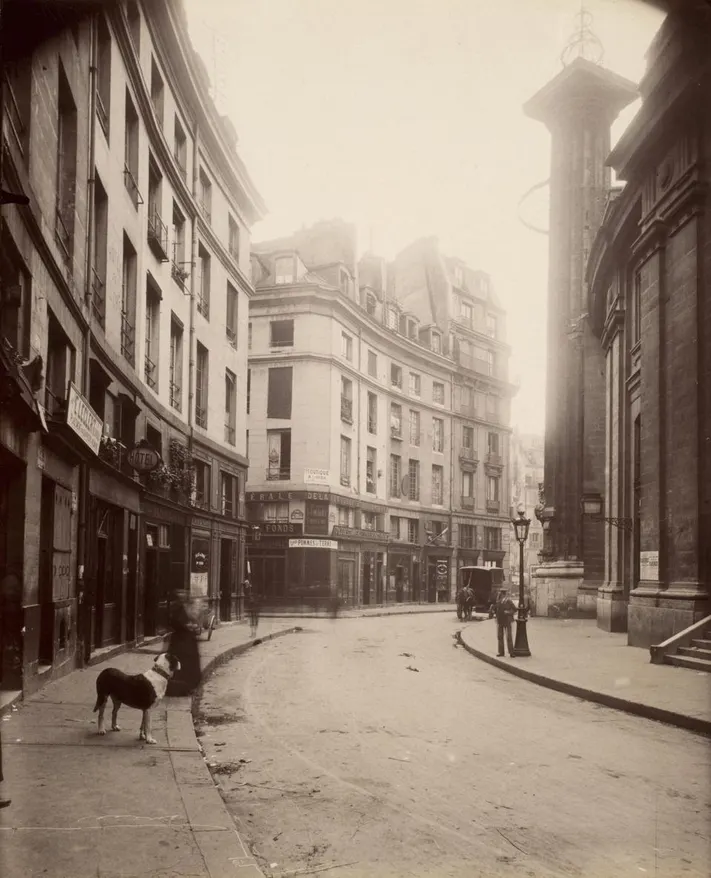
Through the theoretical separation that the mirror/window bipolarity produces, and the questions that arise regarding the ways in which a work can be a mirror of the photographer, a problem emerges concerning the relationship of the self with the mirror: how to conceive of the relationship between what is seen of the self and what the self is in its totality, as well as between the “Ego” and the “I take a photograph”. This major question can be tackled through some related ones, such as those concerning the concepts of the “truth of the photographer” (to what extent does the person who photographs enters some synchronous -to their personality- qualities, beliefs and preferences in the image) and of the “truth of photography” (what constitutes a photographic image?).
